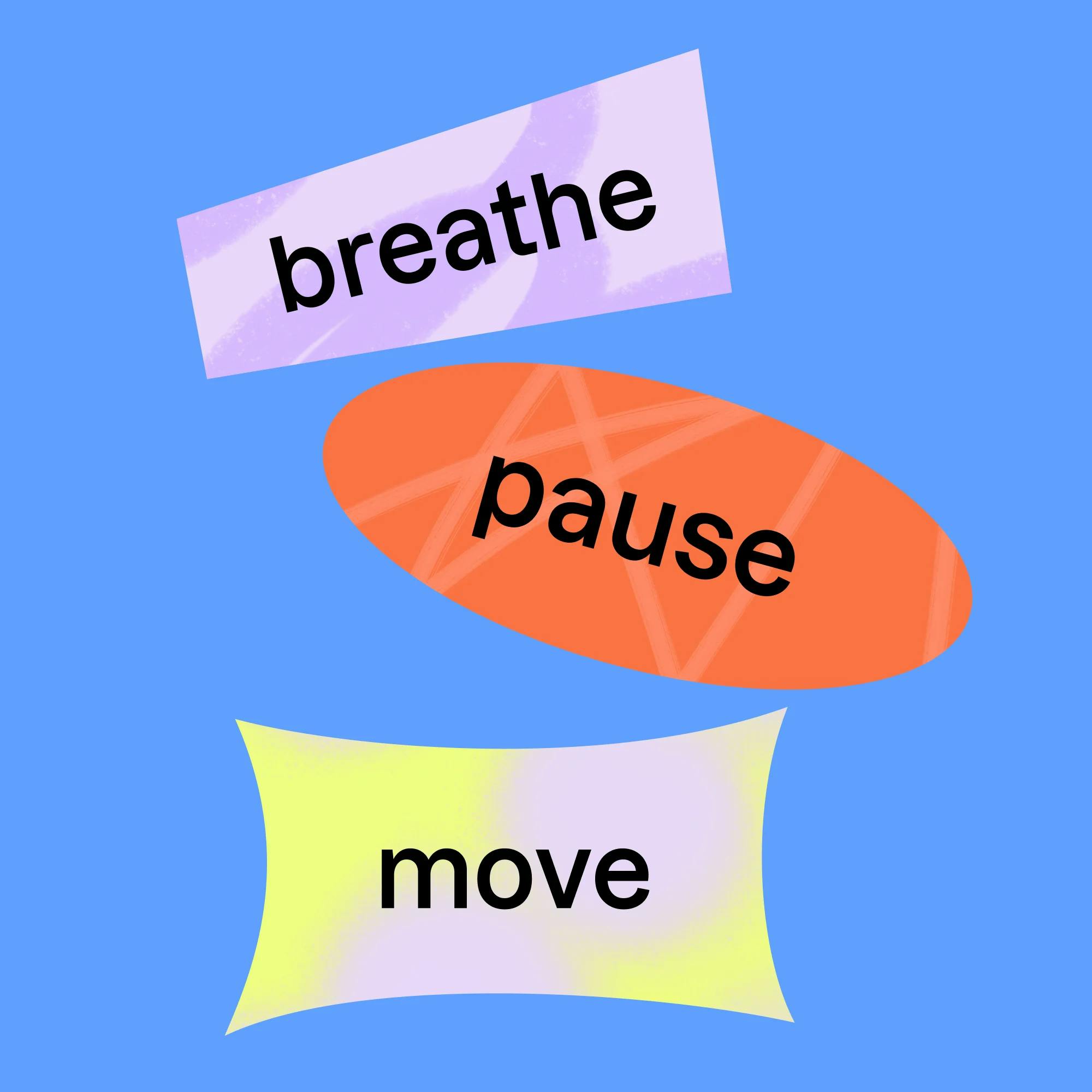Fluency disorders–or problems with the smoothness of your speech–can be complicated. While there’s still a lot that researchers don’t fully know about stuttering, a wealth of information is available. In this article, we discuss secondary (or concomitant) characteristics of stuttering. Learn why these behaviors occur and how speech therapy can help.


What are the types of stuttering?
Stuttering, also known as stammering, is a complex communication disorder. Many children and adults who stutter feel guilt, shame, anxiety, or discomfort when speaking. Although it is estimated that 80 million people stutter worldwide, no two people who stutter are the same.
We generally define stuttering as:
Sound or syllable repetitions (“I need to g-g-go.”)
Prolongations (“Can you take mmmmmme home?”)
Blocks (“Are you — coming?”)
Secondary behaviors, such as eye blinks or facial grimacing
What are examples of secondary stuttering behaviors?
Secondary behaviors, also called concomitant characteristics, are physical behaviors related to a stutter. Examples of secondary stuttering behaviors include:
Body movements, such as eye blinking, jaw jerking, or fist clenching
Looking away from the listener
Tensing the muscles used for speech
Changes in pitch or loudness
A person who stutters might also develop “escape” or avoidance behaviors. Examples of avoidance behaviors include:
Word substitutions, or using a similar word to the word the person wanted to use
Interjections (such as “uhm,” “uh”)
Sentence revisions (for example, “I want – I’ll order the pasta.”)
A person who stutters may display these behaviors in stressful situations. They might fear a word will be hard to say, or worry that a certain word might “trigger” a stutter. These secondary behaviors can be very distressing for a speaker because they tend to draw more attention to the stutter, leading to more fear and anxiety around speaking.


What causes secondary stuttering behaviors?
Stuttering is described as a loss of control while speaking, and these moments can be uncomfortable. Therefore, the speaker attempts to regain control to “get out” of the stutter. They try to “get unstuck” by tensing their muscles or avoiding words–or avoiding entire situations–leading to these secondary behaviors.
Many people develop these behaviors over time as a way to hide their stutter or try to avoid stuttering altogether.
Speech therapy can help manage secondary behaviors
Speech therapists can assess, diagnose, and help a person manage stuttering. Every person is unique, and certain methods that benefit some people may not work for others. Therefore, a speech therapist will develop an individualized treatment plan to help a person achieve their communication goals, from being able to speak more freely to learning to cope with a stutter.
Speech therapy for secondary stuttering behaviors goes beyond focusing on the behaviors directly. It also addresses the fear and discomfort a person feels while stuttering. This can be done through desensitization activities. These activities desensitize a person to the anxiety associated with stuttering. The person is gradually exposed to their fears, starting in a comfortable and supportive environment and working toward practice in more difficult situations. As treatment goes on, reactions to stuttering and physical tension typically decrease or disappear. The ultimate goal is for the person to learn that they can stutter without fear.
The ultimate goal is for the person to learn that they can stutter without fear.
Think about it this way: Even if a person makes a conscious effort to not clench their fists during a stutter, they will likely still feel uncomfortable or anxious about stuttering. That will lead them to develop a new behavior over time. That’s why it’s so important to address the underlying distress. As a person works to feel less discomfort, then the secondary behaviors should disappear because there will be no reason to use them. This practice helps lead the person to a freer, easier way of speaking, without as many disruptions.
Stuttering therapy should empower you to manage your stuttering and improve your overall communication skills. The most important thing you will learn in speech therapy for stuttering is that what you have to say matters.
How Expressable Can Help
Concerned your child isn't reaching age-expected milestones? Looking for communication support from a professional? Expressable is a national online speech therapy practice serving children and adults. We treat all major areas of communication and feeding, offer flexible hours including evenings and weekends, and accept most major health insurance plans. We’re proud to have earned more than 3,000 5-star reviews from our clients (4.9/5 average).
Our therapy model is centered on parent and caregiver involvement. Research proves that empowering caregivers to participate in their loved one’s therapy leads to better outcomes. That’s why we combine live, 1-on-1 speech therapy with personalized education and home practice activities for faster progress.
Communication is more than words. It’s how we share how we feel and show who we are. We’re here to help you or your child do just that.
 Alexis Irazoque, M.S., CCC-SLP
Alexis Irazoque, M.S., CCC-SLP










